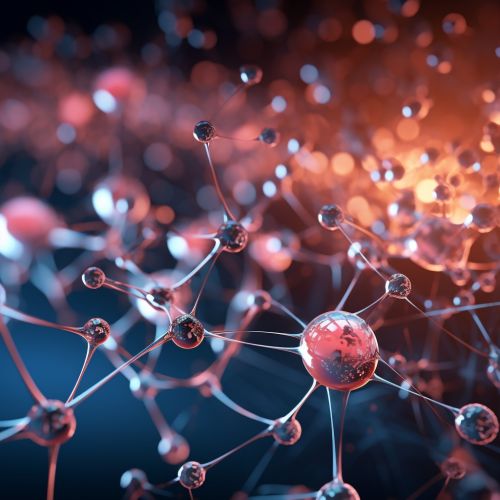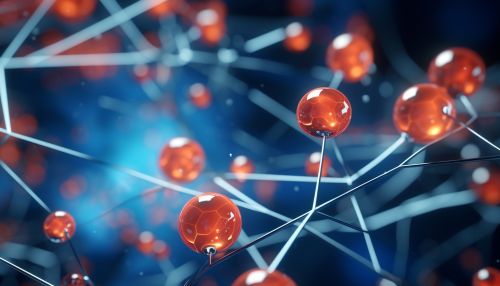Free Radicals
Overview
Free radicals are atoms, molecules, or ions with unpaired electrons on an otherwise open shell configuration. These unpaired electrons are usually highly reactive, which can result in spontaneous chemical reactions. The reactivity is due to the presence of unpaired electrons, which creates an unstable state.


Formation
Free radicals can be formed in various ways. One of the most common methods is through homolytic cleavage, where a bond between two atoms is broken evenly, and each atom retains one of the bonded electrons. This process can occur during thermal, photochemical, or chemical reactions. Another method of formation is through redox reactions, where an atom, ion, or molecule gains or loses an electron.
Types of Free Radicals
There are several types of free radicals, each with different properties and behaviors. Some of the most common types include oxygen radicals, nitrogen radicals, carbon radicals, and sulfur radicals. Oxygen radicals, such as the hydroxyl radical (•OH), are particularly reactive and can cause significant damage to biological systems. Nitrogen radicals, such as the nitric oxide radical (•NO), play important roles in various biological processes, including cell signaling and immune response. Carbon radicals are often involved in organic reactions, while sulfur radicals are less common but can be involved in various chemical reactions.
Reactions
Free radicals can participate in a variety of reactions. These include addition reactions, where a free radical adds to a non-radical to form a new radical; chain reactions, where a free radical initiates a cascade of reactions that result in the formation of more free radicals; and termination reactions, where two free radicals combine to form a non-radical product.
Biological Significance
In biological systems, free radicals can have both beneficial and harmful effects. On the one hand, some free radicals play essential roles in biological processes. For example, nitric oxide radicals are involved in cell signaling and immune responses. On the other hand, excessive production or inadequate removal of free radicals can lead to oxidative stress, which can damage cells and contribute to aging and diseases such as cancer, cardiovascular disease, and neurodegenerative diseases.
Detection and Measurement
Detecting and measuring free radicals can be challenging due to their high reactivity and short lifetimes. However, several techniques have been developed for this purpose. These include electron paramagnetic resonance (EPR) spectroscopy, which can directly detect unpaired electrons; spin trapping, where a spin trap reacts with a free radical to form a more stable product that can be detected; and various assays based on the reaction of free radicals with specific substrates.
Free Radicals in Chemistry
In chemistry, free radicals are important for many types of reactions, including polymerization, combustion, and atmospheric reactions. They are also key intermediates in many industrial processes, such as the production of plastics and pharmaceuticals.
See Also
Reactive Oxygen Species Redox Reactions Oxidative Stress Electron Paramagnetic Resonance
